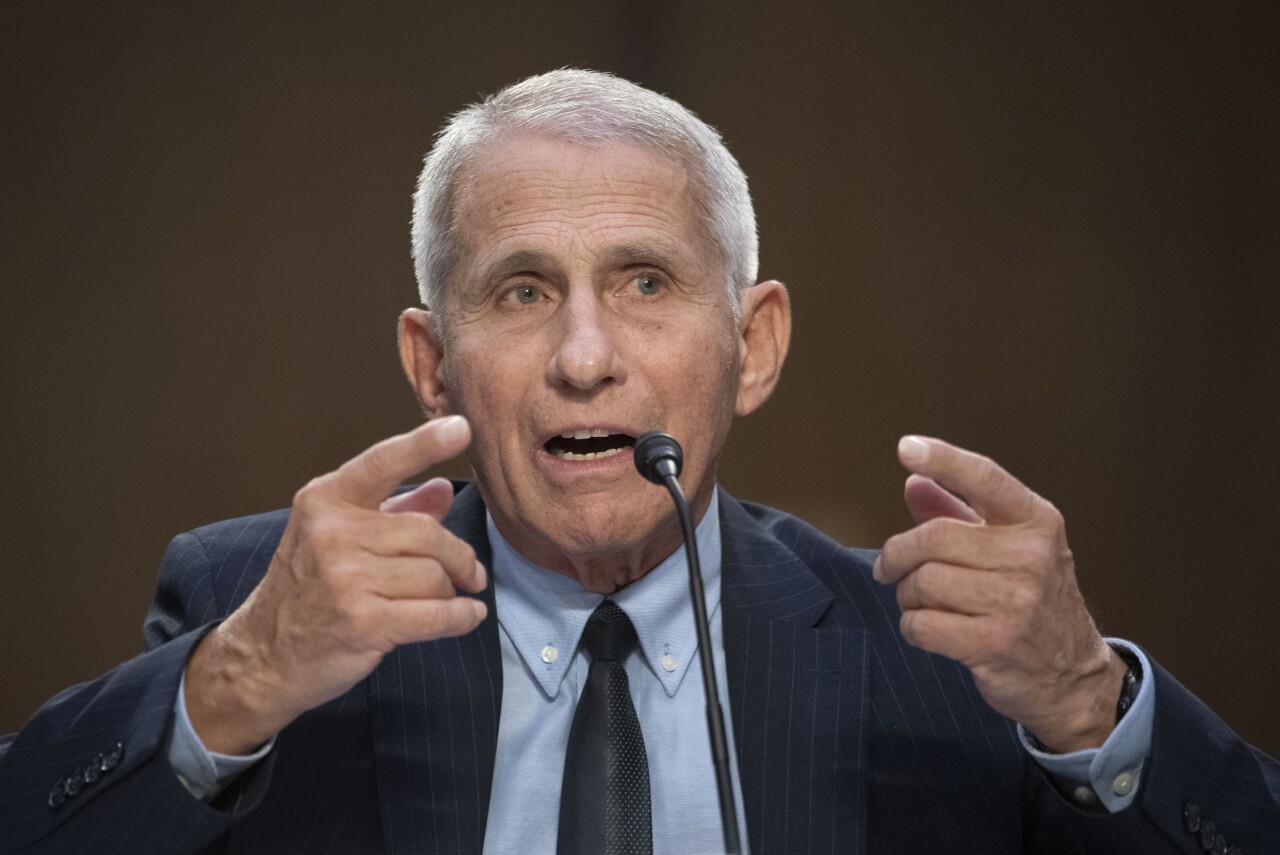How the COVID-19 virus came into existence remains a source of controversy more than three years after it first emerged in China. The mystery surrounding its origins comes down to two conflicting theories: Did it originate in wild animals and jump to humans, or was the virus created in a Chinese lab?
The first COVID-19 cases emerged in Wuhan, China, which also happens to be where two places are located: the Wuhan Institute of Virology, a lab. The city is also the location of a so-called "wet market" that sells wild animals, like bats, which are known to carry viruses like COVID.
Add to that, Chinese secrecy over efforts by international health organizations to investigate the origin of COVID-19, and it all quickly became political.
The World Health Organization has said it believes COVID most likely spread from bats to humans, but Chinese authorities restricted their ability to thoroughly investigate it.
The FBI later said it had "moderate confidence" that COVID-19 came from a Chinese lab leak, and the U.S. Department of Energy has said it believes — albeit with "low confidence" — that the virus escaped from a lab.
In his testimony before the House Oversight Committee today, former National Institute of Allergy and Infectious Diseases director Dr. Anthony Fauci addressed the lab leak theory.
"I cannot account nor can anyone account for other things that might be going on in China, which is the reason why I have always said and will say now: I keep an open mind as to what the origin is," Dr. Fauci said.
The competing COVID-19 origin theories present a real problem because experts say that not knowing where the virus came from could impede how we prepare and handle future pandemics.

Congress
Dr. Fauci testifies before House panel over COVID-19 origins, pandemic response
"We're stuck on this origins debate and have lost sight of why we want to know the answer. The reality is, is even if we had definitive evidence there were a lab leak, there's very little one can do under international law diplomatically to hold China accountable for that," said Thomas Bollyky with the Council on Foreign Relations. "If we knew for sure it was the wildlife trade here too, that doesn't absolve the Chinese government. There have been restrictions on wildlife trade for a long period of time. What's ultimately important is that nations find a way to start working together on these concerns and to make outbreaks less likely."
Adding to all of this is an op-ed piece in Monday's New York Times by Dr. Alina Chan, a molecular biologist from MIT and Harvard. In the article, she laid out five key points as to why she believes COVID-19 likely started in a lab.
However, there is still scant, public hard evidence of where COVID came from — no smoking gun, so to speak.
In the end, that leaves everyone vulnerable, as countries have not come together to figure out what actually went wrong and what steps need to be taken to prevent another pandemic like COVID-19 from happening again.




